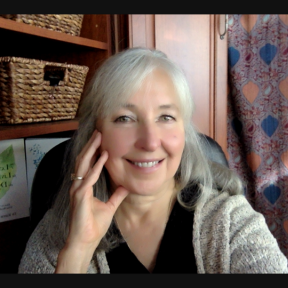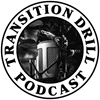6 Things To Help You Truly Understand The Impact And Sustainability Of Your Business Products
Image via DALL-E
These days, it’s not enough for your product to work. People care about what goes into it, how it’s made, and where it ends up. And if you want your business to stay relevant, you’ve got to ask yourself some big questions. What’s my product doing to the planet? How is it shaping lives? Is it even built to last? You’re not alone if you’ve been scratching your head over this. Many people go through the same thing, so in this blog post, we’re going to look at a few things you need to understand about your product/s.
Life Cycle Assessment (LCA):
You know that saying, “It’s the journey, not the destination”? That applies to your product, too. A Life Cycle Assessment looks at your product’s entire journey—from the moment you start digging up raw materials to the day it’s tossed in the trash (or hopefully recycled). It’s like peeling back the curtain on all the hidden environmental costs.
You might think, “Oh, my product isn’t so bad!” But what if the packaging is secretly a monster regarding carbon emissions? With an LCA, you’ll know exactly where to focus your energy. (Hint: It’s usually somewhere you didn’t expect.)
Stakeholder Impact Analysis:
Your product doesn’t just exist in a vacuum. Every step of the way, it’s touching lives—your suppliers, workers, customers, and even random people in the communities where it’s made. So, what’s your product doing to them? Are the materials sourced ethically? Are your workers treated fairly? Even more so, are your suppliers’ workers treated fairly?? What about the long-term impact on the communities where your factories sit?
So, the thing is, when you make sure your product is leaving a positive mark, it’s not just good for the world. It’s good for you, too. People notice when a company gives a damn. And that kind of trust? You can’t put a price on it.
Innovation In Material Science:
Next up, your materials… The stuff you’re using to make your product could be the difference between something landfill-bound in six months and something people rave about for years. New materials are constantly popping up—biodegradable plastics, renewable fibers, and recycled metals. Exciting, right?
Here’s an example: Scientists are playing around with zeta potential nanoparticles to create stronger and more efficient materials. It sounds super technical, but these tiny particles help make things more durable while cutting down waste. And it could be the edge your product needs.
Consumer Behavior And Usage Impact:
What happens to your product after it leaves your hands? That’s a piece of the puzzle a lot of businesses forget. Does it guzzle energy when customers use it? Is it easy to recycle, or is it doomed to rot in a landfill?
It might be worth asking your customers what they think. Do a survey, dig into reviews, or listen. If you find out people struggle to use your product sustainably, help them. A simple guide to saving energy or extending its lifespan can make a huge difference for every one of your customers.
Regulatory Compliance And Future Trends:
No one wants to get blindsided by new laws or rules. But let’s be realistic about it all: sustainability regulations will only get stricter. Countries everywhere are cracking down, and the last thing you need is to play catch-up while your competitors cruise ahead of you.
Pay attention to what’s coming down the pipeline. Better yet, aim higher than the bare minimum. Align your product with global goals like the United Nations’ Sustainable Development Goals. You’ll already be ahead of the game when the rules tighten (and they will).
Transparency And Third-Party Verification:
Look, people are skeptical these days. They’ve seen too many companies slap a “green” label on their products without hard proof. That’s why transparency matters so much. Be open about where your materials come from, how your product is made, and what you do to offset the harm.
Even better? Get someone else to back you up. Third-party certifications like Fair Trade or Carbon Neutral are gold stars that prove you’re not just blowing smoke. Customers trust them, and they’ll trust you, too.
So, What’s Next?
The bottom line is that sustainability isn’t just a nice-to-have. It’s the future. Whether tweaking your materials, listening to your customers, or deep-diving into your entire supply chain, every little step adds up. The work might initially feel overwhelming, but don’t forget—it’s so worth it. A better product for the planet is better for everyone, including you.
Discover insights and strategies for success with Breakfast Leadership — your go-to source for leadership articles, shows, and more. Subscribe today to stay informed and inspired!
Originally Published on https://www.breakfastleadership.com/
























